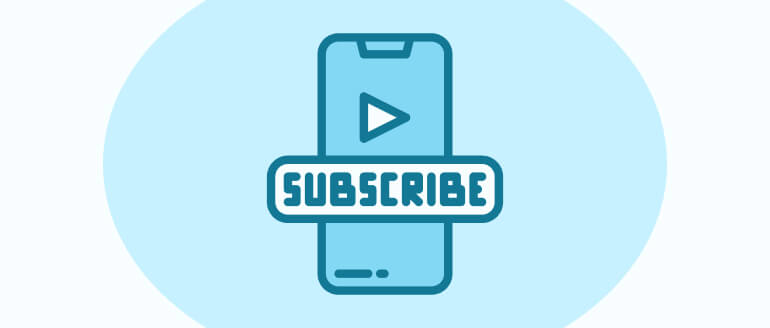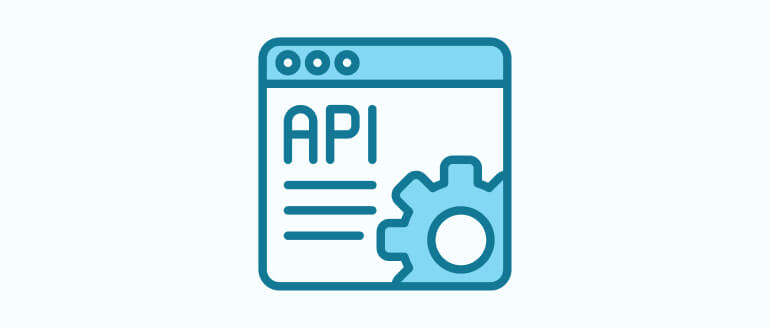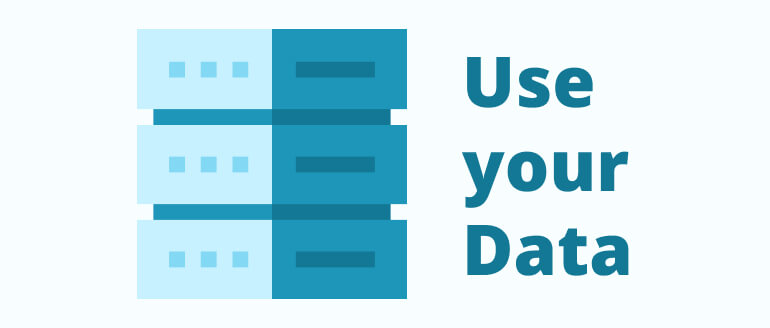Business brings you money; everything else is a hobby. And so, monetization is at the heart of any company. It is also a lifeline for startup development. Some products include an income model from day one. Others require scaling before generating a profit. Whatever your product group, monetization strategies should be well-thought-out, beginning at the idea stage and outlined in the business plan. This approach is instrumental when integrating functional mechanisms during the phase of startup development. As a result, significant changes or a complete rewriting of code will be prevented, leaving investors more willing to provide project financing.
There are many ways to monetize your startup. Depending on the business model, companies use various income generation strategies and their combinations to achieve the desired monetization goal. Let's consider the main approaches when turning digital products into commercial ones and generating sufficient income to sustain your business.
Just free and freemium
Neither a free trial version nor Freemium generates any income. However, they often turn users into paying clients when the product offered is valuable, useful, and engaging. Thus, they are an inherent part of many other monetization strategies.
A free trial version grants short-term access to all product features. As a rule, it is given for 14 or 30 days. Once it expires, the product becomes unavailable unless the user buys it. Examples include Shopify and Audible.
The Freemium model is based on a different idea. A user gets unlimited (lifelong) free access to the basic version of a product with the option of a paid upgrade at any time. Another option is to limit the capacity (of storage or number of users). This strategy is used, for example, by Dropbox and Evernote.
The business model of your startup and your market will define the way to monetize your digital product. Freemium is usually chosen by companies focused on drawing an extensive user pool and relying on sales in another channel (Ad-supported freemium).
Service-provider subscription

A current trend among software development companies is to offer a subscription model instead of a one-time purchase of their product. For example, Adobe Creative Cloud grants users access to all the latest versions of their products at a fixed monthly fee, saving them the trouble of buying each product separately and installing updates. This is cost-effective for clients and profitable for companies. Besides, companies who choose this model find it easier to improve their software and can predict their ability to make money.
One valuable advantage of this model lies in securing not just one-time clients but also loyal subscribers who stay with the company for many years and pay on time. Thus, the strategy should be focused on the retention of the existing subscribers and fostering their devotion. With this in place, the acquisition of new subscribers will increase profits exponentially.
As a rule, the next stage of the Free Trial or Freemium model is to offer a SaaS subscription.
Wondering how to build
an exclusive software product for your business?
CONTACT USCustomer subscription
The subscription model offers your clients added value in exchange for regular payments (monthly or yearly). This monetization strategy is quite appealing as it secures a predictable and reliable source of income. A subscription may grant access to a product or its premium features, or guarantee certain benefits of paid membership like discounts, lower product prices, etc.
This monetization model may be used as the primary approach and as an additional source of income in combination with other mechanisms.
For example, an Amazon Prime subscription offers clients free delivery for the goods they purchase.

Transaction fees
If your business operates as a marketplace or platform with regular financial transactions (like Kickstarter), charging commissions for completed transactions is one of the most profitable and straightforward income models.
Depending on your development strategy and market, sellers, buyers, or both may be charged commission fees. This way of monetizing a website and apps is used by all large bilateral markets (Airbnb, Amazon, Uber) and financial services like Stripe.
The income model, where you monetize your startup through advertising and partnership, is one of the most complicated in terms of user experience. As a rule, such an income generation mechanism is relevant and safe only among products with a foothold on the market or abroad, a loyal audience that has already attracted a critical mass of users. Otherwise, in-app adverts may cause user outflow and threaten the further operations of a business.
Monetization by web adverts is a delicate process resting on several factors. Knowing your product, its target audience, and the market is of utmost importance. No company is willing to risk its brand's reputation or users by running random ads. For example, an eco-friendly product will be harmed by teaming up with processed meat or disposable plastic producer. In this case, chances are high the ads will insult and alienate the audience.
Distinguishing separate aspects and product variants are also important. For example, when people use Google, they are accustomed to ads in search results and accept them. But, if you spam Google Home speakers bought with the same commercial content, they won't be so happy. Therefore, the decision to monetize by advertising should be exceptionally scrupulous, cautious, and justified.
Creating and offering your users an ad-free product version, with a monthly-basis subscription, may become another source of income for you. You can give users the option to stop annoying ads while simultaneously keeping the income from advertisers and partners. It's a win-win situation!
Licensing
In addition to the core value your product offers, you likely possess the tools and technologies needed to support your business infrastructure. The API developed by your technical team to perform certain business functions or the automation processes to download financial accounts are both examples.
If perfected, unified, and provided under a paid license to companies in need of similar solutions, these products and the information they help obtain can become an additional way to earn money. This is done by using API-as-a-product and data-as-a-product models or scaling the existing technologies into something bigger.
Presently, Amazon AWS cloud service is one of the main and largest sources of Amazon's operating income. Initially, it was an internal product to support the business operations of the company. Be sure to talk to your technical team. It might be that you already possess your pot of gold and just don't know it.
API-as-a-product

If your product is really good and internal solutions are essential for its commercial success, it is safe to consider an API as your business asset and not just a structureless code base. Many companies and individual developers need ready-made tools to simplify and accelerate the launch of their products and automate processes. Do not restrain your potential for growth and new sources of income by leaving your API closed and failing to monetize it.
Data-as-a-product

Many companies fail to see the value of their data and know nothing about the clients who may be interested in obtaining it. They have no clue how to monetize in this case. One of the greatest concerns is that selling data may disclose the proprietary and personal information of clients. Nevertheless, a competent transformation of data into products may become one of the most valuable sources of income.
Despite the data-as-a-product market being underdeveloped, many strategies already exist to transform the information you own into products you could sell without violating third party rights. The most efficient and fastest-growing companies have made data monetization an important part of their strategy.
For instance, Foursquare allows users to share their location publicly. The information is gathered into huge databases and later sold to interested third parties.
Wondering how to build
an exclusive software product for your business?
CONTACT USTools & Systems for monetization startup
When choosing monetization options for your startup, it is important to think like a strategist from the beginning. You have to understand and predict your users' reaction when requiring payment for what you are offering. This lets you add value by monetizing your product and avoid the target audience outflow that can devastate any startup.
Remember, the right payment solutions are an integral part of any product commercialization. For example, if you integrate a payment gateway that does not support all the functions, markets, or currencies you need, your profit-making will be limited. This will also complicate the interaction of users with your app, web site, or software.
Regardless of the monetization method, you choose for business, whether Membership Platforms, commission fees, or data selling, the connection of appropriate Payment Processors will wrap up the primary product and add value for the target audience.
Be sure your Checkout/Cart Systems are convenient as well. You can't imagine how many potential clients you may lose or have already lost if you underestimate this factor's importance.
One cannot consider their business as sustainable until it generates a stable profit. Take all factors into consideration and put your needs in the hands of Owlab professionals who can help you create commercially successful digital products.